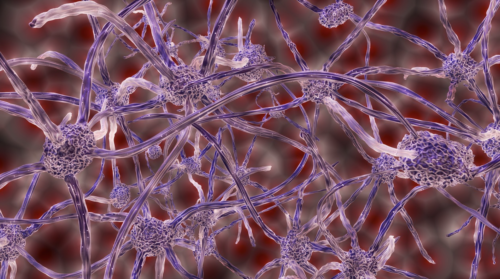Image courtesy of Pixaby.
Mā. Má. Mǎ. Mà. These sounds, though phonetically identical, represent four Chinese characters with drastically different meanings: “mother,” “hemp,” “horse,” and “scold.” The only feature differentiating these words are the subtle variations in their tonal inflections, which give them their distinct definitions in Mandarin.
A research team from the University of California, San Francisco (UCSF) capitalized on the tonal nature of Mandarin to investigate how adult brains respond to foreign languages. The team—led by assistant professor of neurological surgery Matthew Leonard and postdoctoral scholar Han Yi—conducted a study in which they asked ten native English speakers to learn to distinguish between different tones. The researchers played recordings of male and female Mandarin speakers saying characters such as “ma” with varying inflections approximately two hundred times. They then recorded the patients’ responses and their brain activity, studying how their neurons fired in response to the sounds.
While previous studies typically used non-invasive techniques such as functional magnetic resonance imaging (fMRI) to scan the patients’ brains, Yi and Leonard opted for a different approach. fMRI often results in muddled data, as researchers must isolate the participant’s distinct neuroactivity from other noise captured by the machine. However, Yi and Leonard avoided this complication by using 256-channel electrodes implanted directly into the patients’ brains, allowing them to witness neurons firing live. The unprecedented clarity of their data was due to the subset of volunteers that they worked with: patients with epilepsy who already had electrodes installed in their brains to track their seizures. Using these high-density electrodes, Yi and Leonard examined the patients’ distinct neural responses.
The results were unexpected. The team originally hypothesized that activity in one region of the brain called the superior temporal gyrus would increase as individuals became more accustomed to distinguishing the tones. However, disparate clusters of neurons were activated by each tone, and over time, their activity fluctuated, increasing for a while before fading. Leonard described this strange, intricate process of language learning as analogous to “fine-tuning neural knobs.”
“Some cells changed in specific ways, and this suggests that the process of learning is not simply a matter of turning up the ‘new language knowledge,’ but rather fine-tuning a bunch of smaller knobs that are designed to encode this type of information,” Leonard said.
These shifting “neural knobs” represent the opposing forces of stability and neuroplasticity—the brain’s ability to adapt to new stimuli—attempting to strike a precarious balance. The war between retaining one’s foundational, native tongue and absorbing new knowledge explains why adults find it so difficult to learn a new language. Children, on the other hand, learn new concepts seemingly effortlessly because their minds are highly plastic, without the same engrained stability as adults’ minds.
Although Yi and Leonard have now established a fundamental understanding of these neural processes, they recognize that there are still many more complexities to unravel.
“In this study, we looked at the very beginning stages of learning,” Leonard said. “This is what’s changing during the first thirty minutes of a native English speaker learning the sounds of Mandarin.” In the future, the team hopes to investigate how participants will react when given the specific meanings associated with each tone, further illuminating the inexplicable process of language learning.

